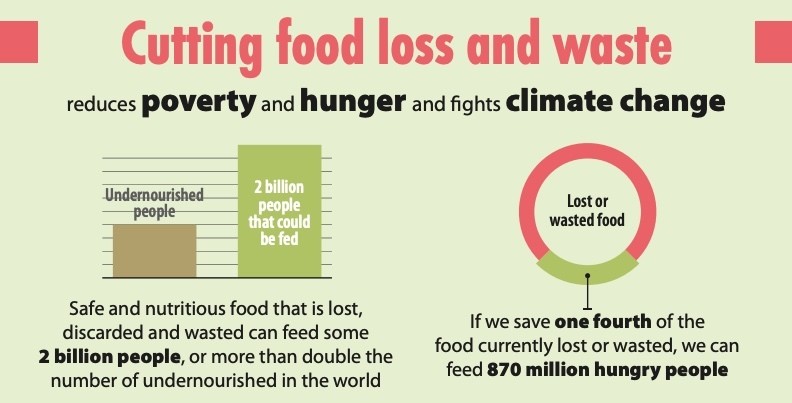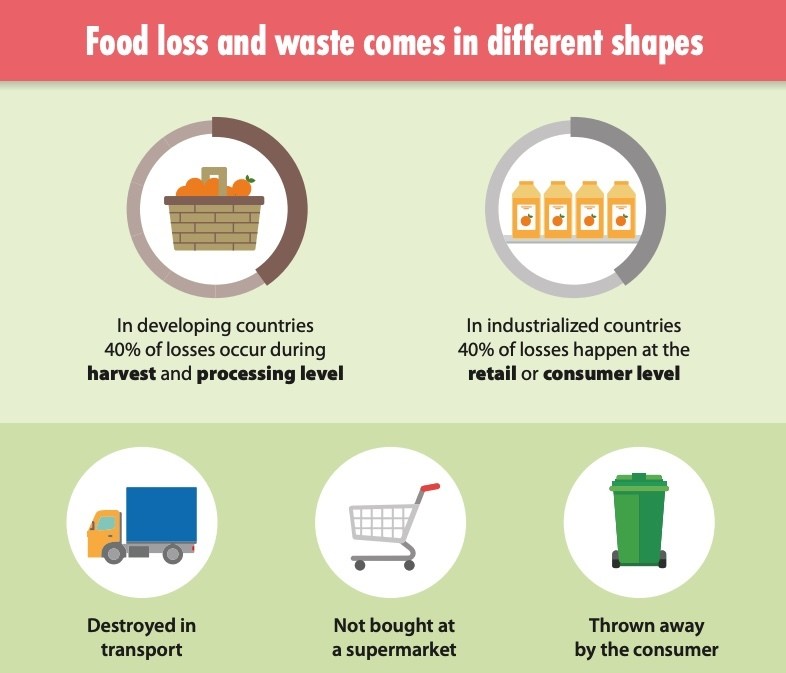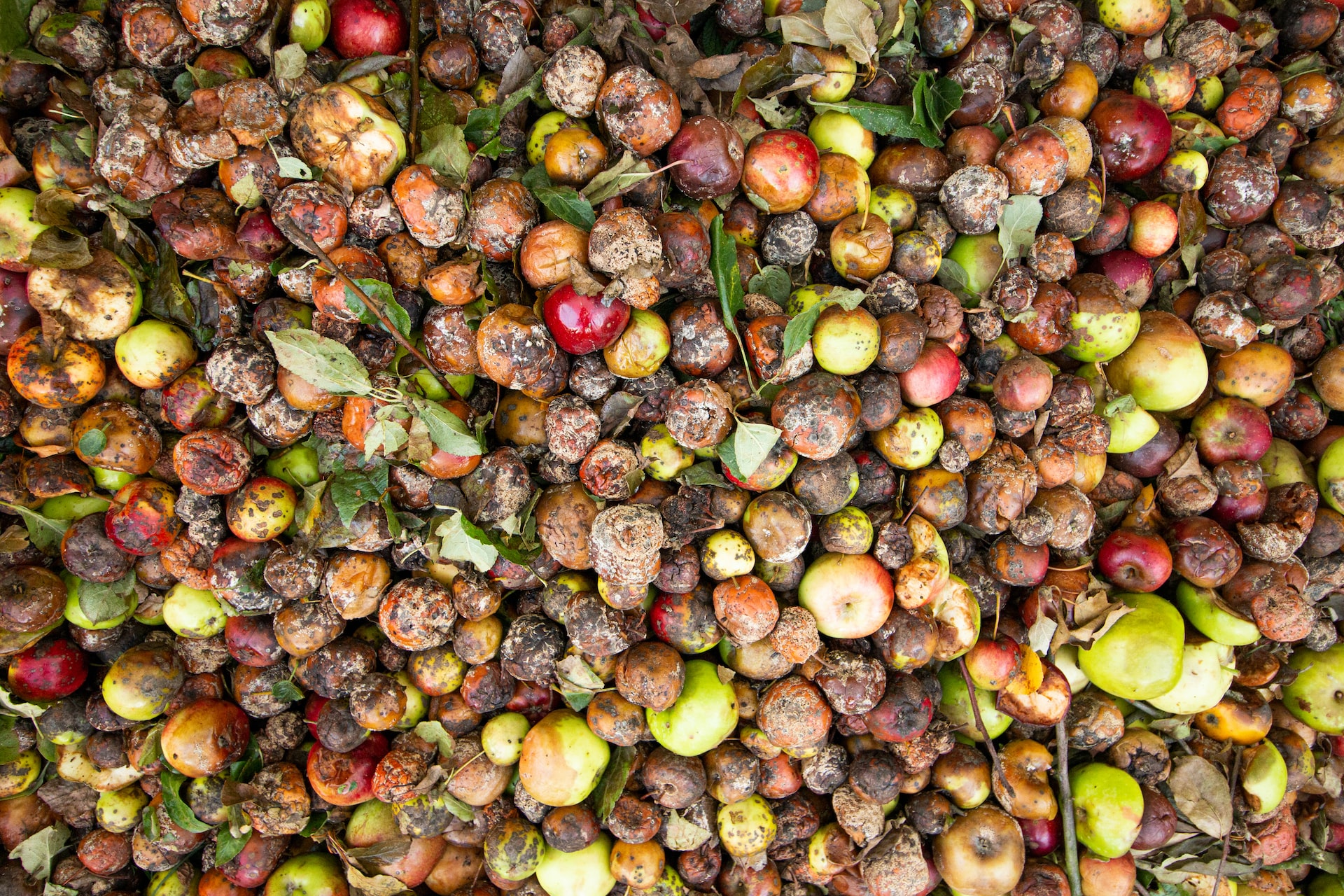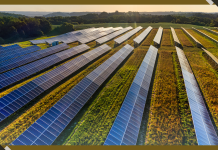Written by: Andrea Willige
How much of your weekly shop ends up in the bin?
The United Nations estimates that food waste amounts to nearly a fifth of global food production. Household food waste is the largest contributor. And a further 14 percent of food is lost between harvest and retail – before it even reaches consumers.
This means around a third of all food produced is wasted, equating to nearly a trillion dollars in economic losses per year. At the same time, up to 828 million people were affected by hunger last year, with an upward trend. By wasting less, we could feed them more than twice over.

Wasted food further threatens the resilience of our food systems at a time when they are already struggling and a global food emergency is looming. Food wastage not only deprives us of food, but it also squanders the production resources used to make it. What’s more, rotting food in landfill sites accounts for up to 10 percent of greenhouse gas emissions – making it one of the top contributors of greenhouse gases.
New digital technology can help reduce food waste and make food systems more sustainable by reducing waste and loss across the entire supply chain.

How ‘digital twins’ can drive down food loss
A food freshness platform from Tata Consultancy Services, for example, monitors food quality along the entire product journey. The system takes inputs from connected sensors installed at every stage of the supply chain, from ‘farm to fork’, to assess food products’ freshness.
This live data is also fed into a digital twin of the real-world supply chain to simulate different environmental conditions that can affect the lifespan of food. This can include changes in temperature, humidity, air quality and light intensity.
For example, the platform can anticipate the shelf-life of potatoes for different applications – as chips, fries or potato starch – by considering aspects such as fungal growth or change in sugar content over time. Suppliers and retailers can then use this information to adapt how they are handled at each stage of the ripening process.
Creating sustainable food systems
And even when perishables do get to the end of their lifespan, that doesn’t mean they need to be binned.
Apps like Flashfood and Too Good to Go list goods nearing their expiration date at stores, restaurants and other local food outlets, enabling users to buy them at lower prices. In this way, consumers get a bargain and sellers can claw back money they would typically have written off.
Start-up Wasteless has devised an algorithm that predicts the best price points for food close to its sell-by date. Machine learning helps to understand shoppers’ preferences and price sensitivity, to adjust prices dynamically. Shoppers pay less for food that’s closer to going off, while retailers can maximize returns from perishing food.
And for cases where food waste cannot be avoided entirely, a compact composter from Malaysian start-up Maeko converts it into plant feed in only 24 hours. There is no need to dispose of it to landfill sites to generate methane and other greenhouse gases. The composter comes in both commercial and domestic sizes, enabling businesses, schools and hospitals as well as households to contribute to a more circular, sustainable food system.
Food waste technology for a circular economy
It is easy to see the impact technology could have at all levels by addressing some of the substantial global challenges created by food waste.
According to the UN, this will be key to addressing the triple challenge of poverty, hunger and climate change. By saving just one quarter of all spoiled food, 870 million undernourished people could be fed – more than even the highest estimates. The food waste we generate could feed as many as two billion – more than twice the number of currently undernourished people.
Maeko, StixFresh and Wasteless all feature on UpLink, the World Economic Forum’s crowdsourced innovation platform. They are part of the “The Circulars 2021” stream of innovators, which supports entrepreneurs in scaling circular innovations.
Republished with permission from World Economic Forum
Header Image Credit: Marek Studzinski/Unsplash







